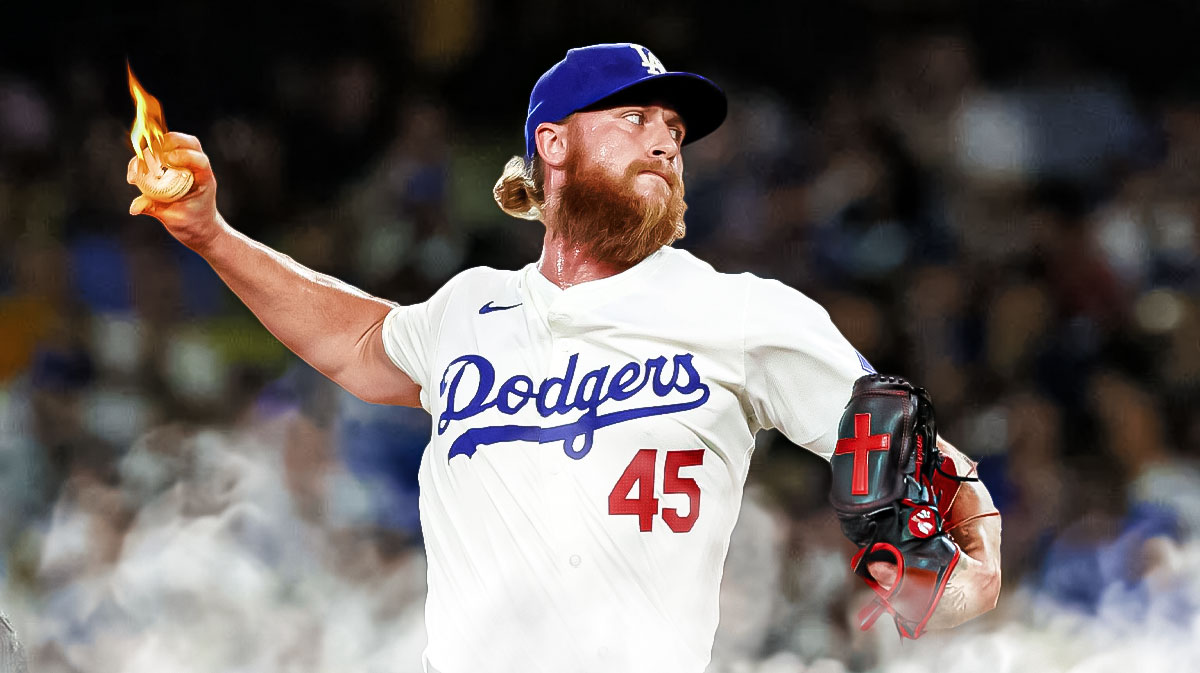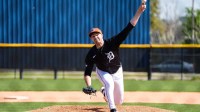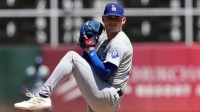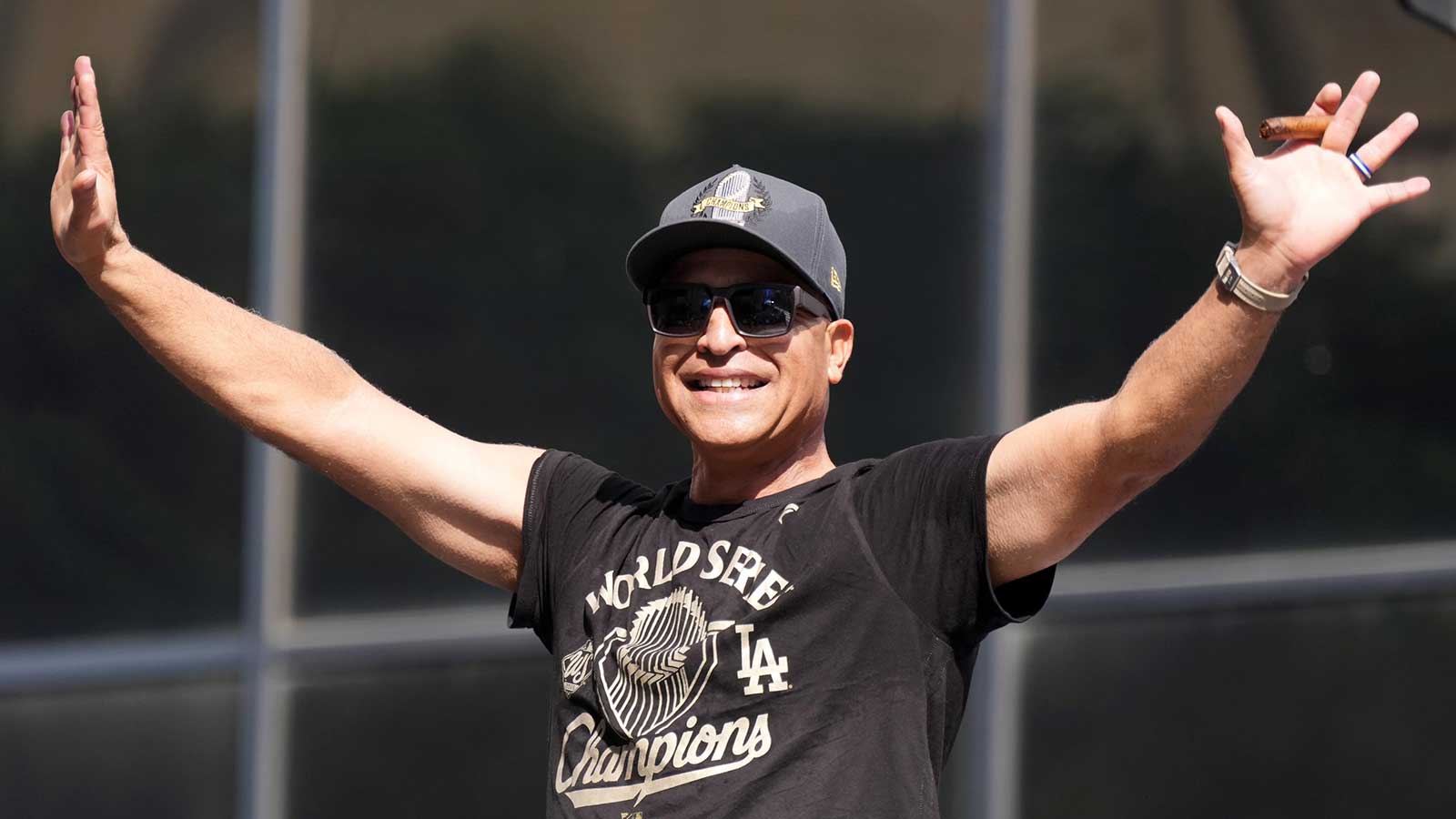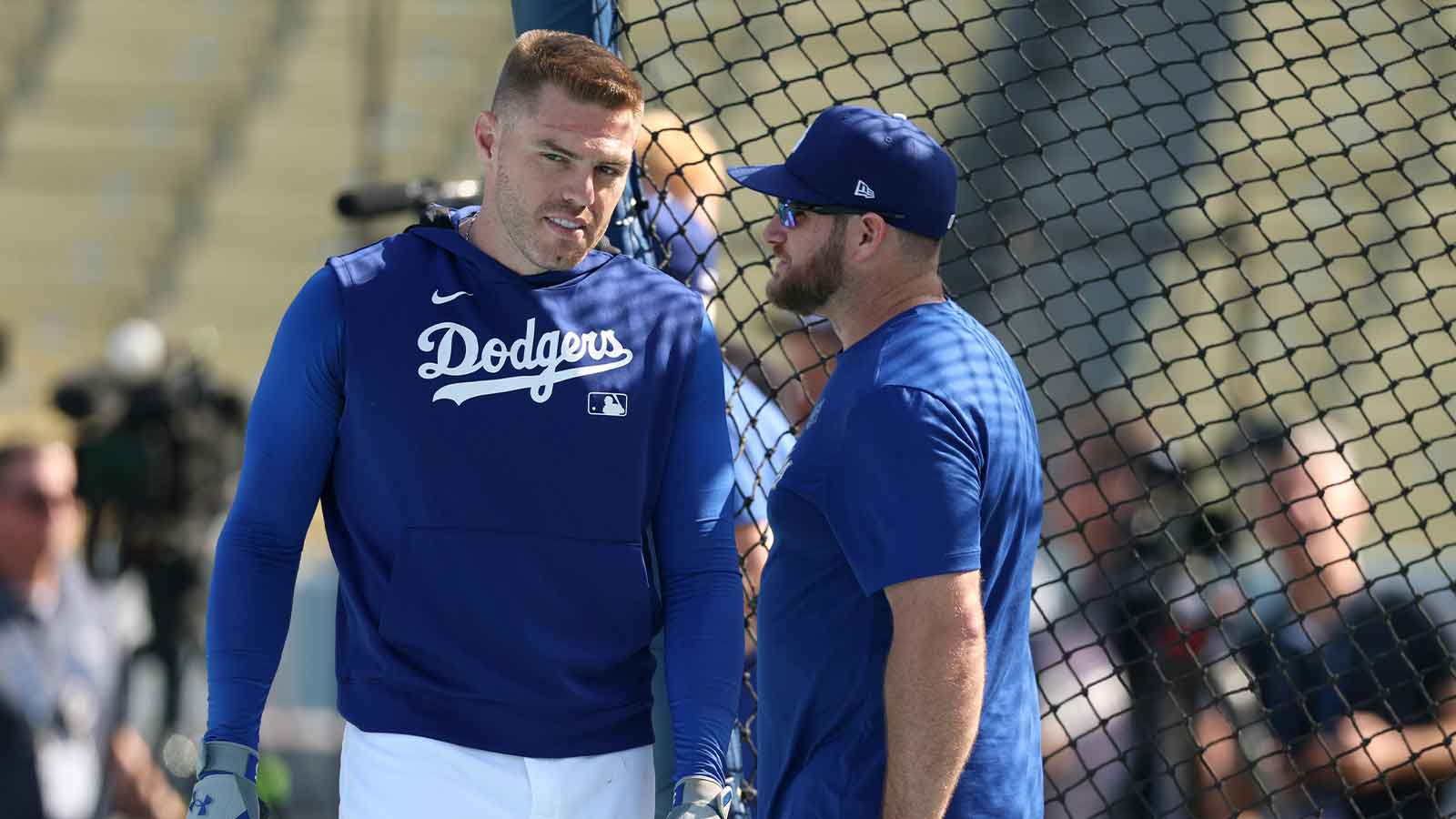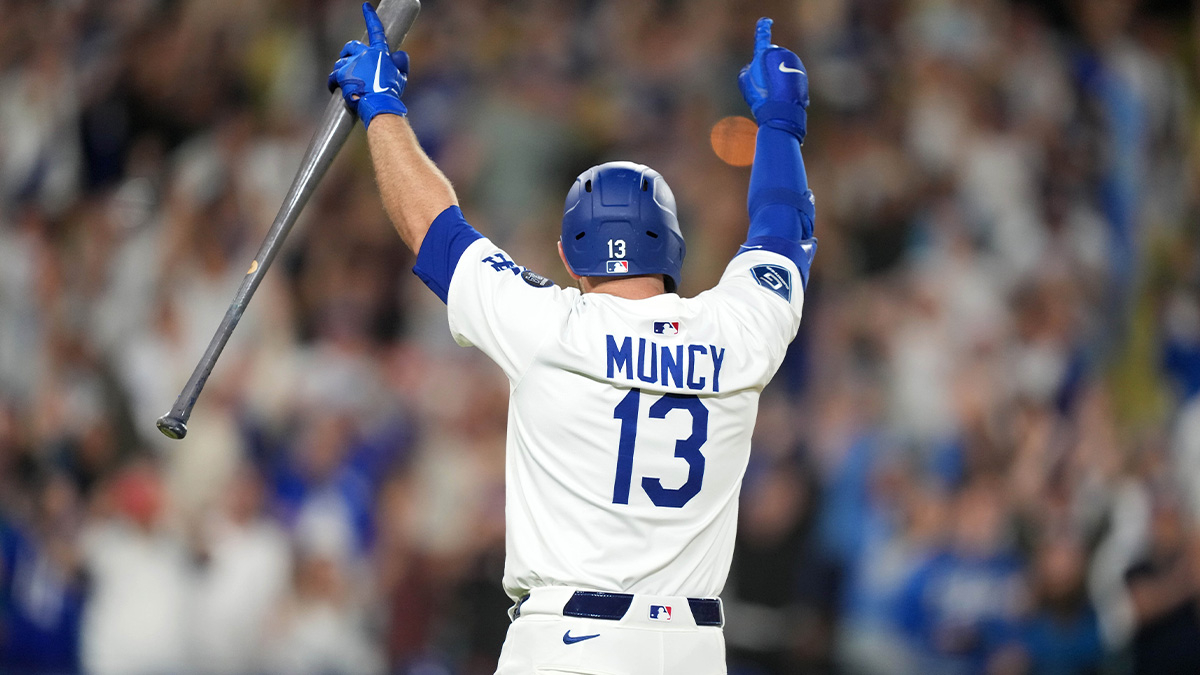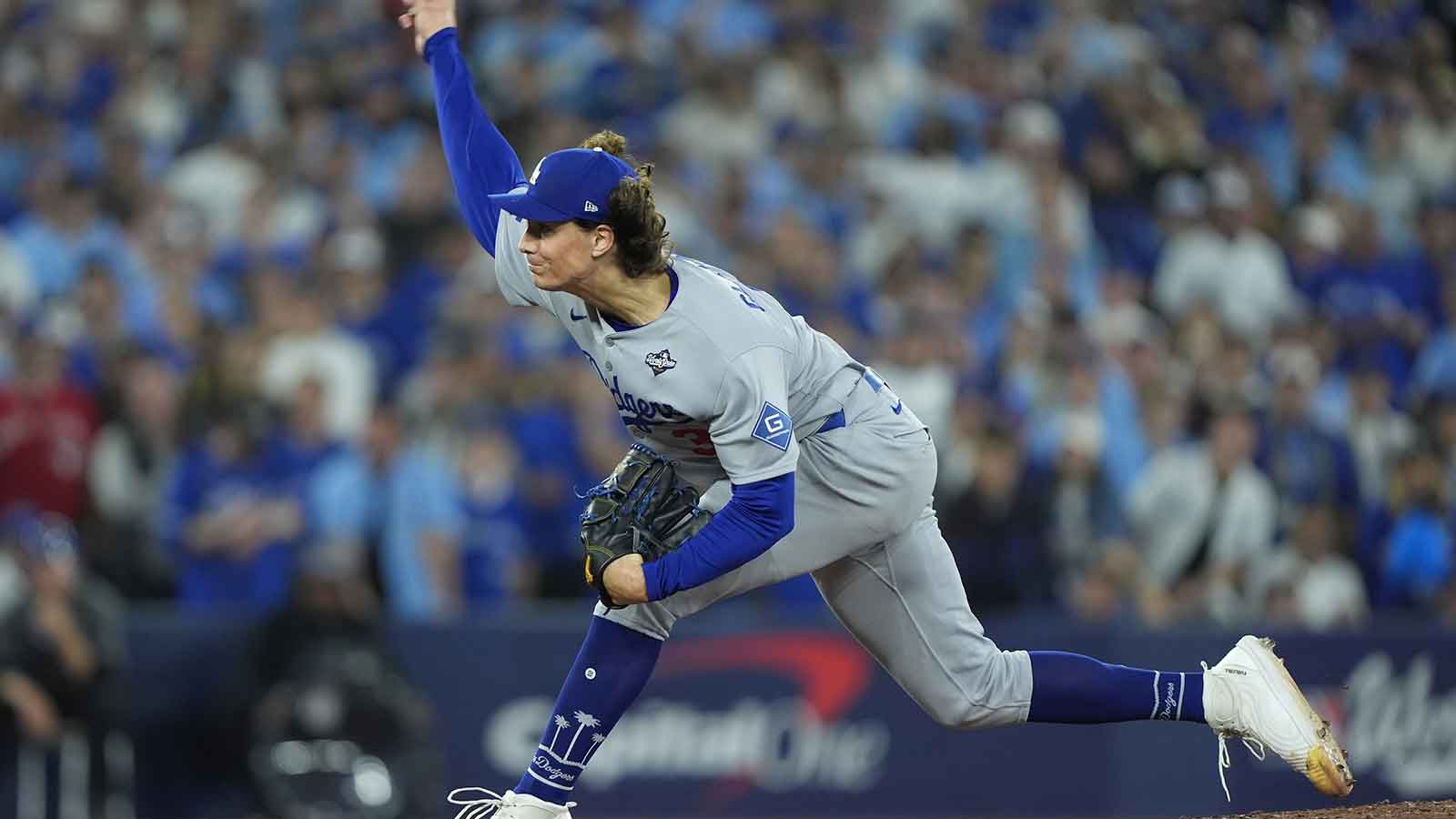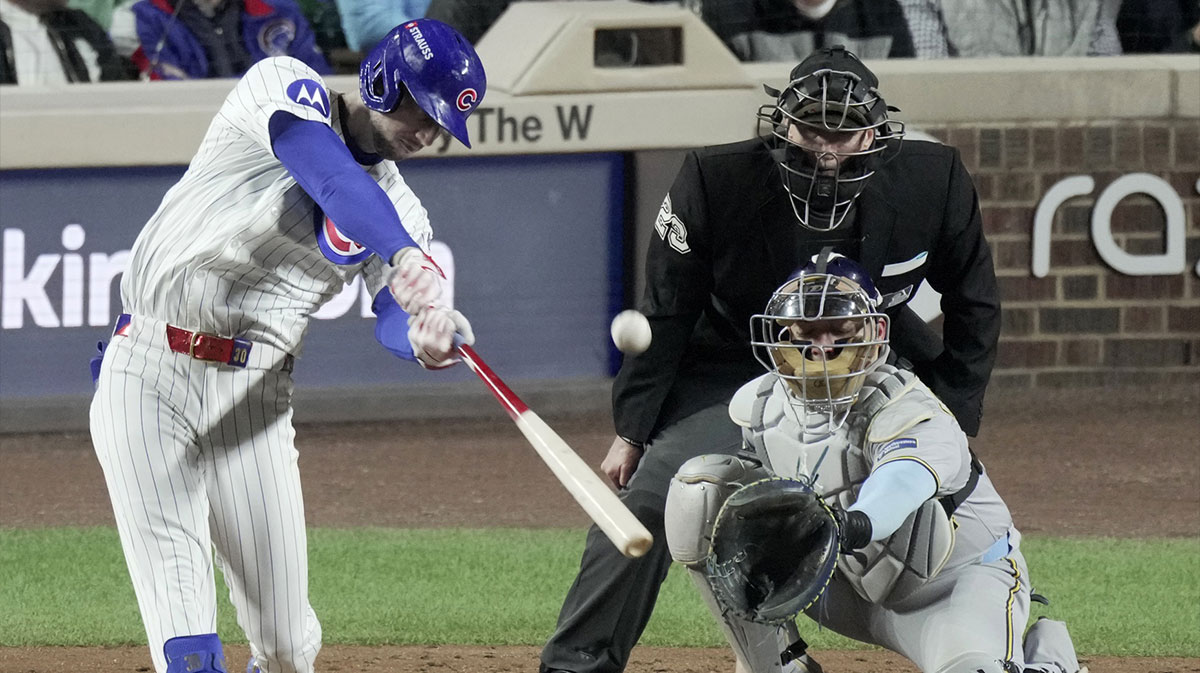Michael Kopech lost eight games and had a 4.74 ERA in 43 relief appearances for the Chicago White Sox in the first half of the 2024 season. But since Chicago traded Kopech to the Los Angeles Dodgers on July 29, he has been nearly unhittable, posting a 0.53 ERA and cutting his walk rate by more than half.
The secret to Kopech's success is the exact opposite of what you might expect.
Kopech's best pitch is his fastball, and he's made it much more effective over the past month by simply using it a little less, as he explained in a story by Sam Blum and Eno Sarris of The Athletic.
“The conversation comes down to pitching, rather than throwing,” Kopech said, “which I felt like I was doing a lot of this year.”
In June, a month in which he posted a 5.06 ERA, Kopech threw his fastball 83 percent of the time. Since coming to the Dodgers, he has used it on 78 percent of his pitches.
Since the trade, Kopech has thrown 196 fastballs, according to The Athletic. Only five have gone for base hits.
Last season, Kopech found his secondary pitches were the ones opponents were hitting hard — particularly his slider, which yielded 10 home runs. It caused Kopech to fall too far back onto his fastball. Against Major League hitters, relying too much on one pitch is a recipe for disaster, no matter how good that pitch is.
Dodgers coach calls Michael Kopech's fastball ‘one of a kind'
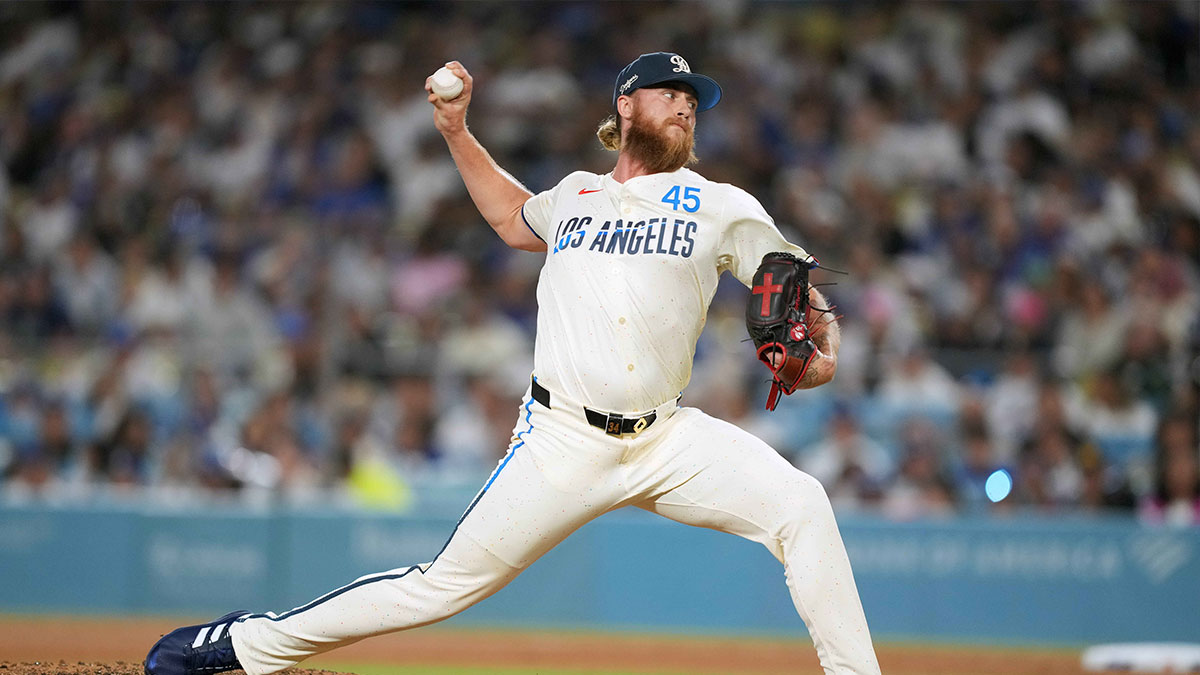
Kopech throws his fastball as hard as anyone, with the pitch averaging 98.7 mph. It's not just the velocity, however, that confounds hitters. His low release point, combined with great vertical movement, makes the pitch hard to pick up as it “explodes on the hitter.”
“The fastball is one of a kind,” Dodgers assistant pitching coach Connor McGuinness said.
But even a one-of-a-kind fastball needs secondary pitches to keep a batter guessing. MLB hitters can catch up to an upper 90s fastball if they know it's coming.
“Being able to hunt dead red, big league hitters are so good these days,” he said. “If they know it’s just one pitch, a lot of times they can touch it or at least move it forward.”
While Kopech's slider still isn't the pitch he wants it to be, he's started to find success in his cutter, a pitch he introduced to his repertoire in 2024. He throws it about 10 percent of the time, with an average velocity of 91.1 mph, significantly slower than his fastball. No batter has recorded a hit off of the pitch since Kopech donned a Dodger uniform.
“The cutter is a pitch that I can just rip a little bit more, like a fastball, stay through it easier,” Kopech said. “I can throw it more in the strike zone with less action, rather than trying to turn over a slider. I can find a place for both, but that cutter is playing for me well in the zone.”
Kopech still has work to do on his slider. Per Statcast, it remains his weakest pitch, yielding -0,9 runs above average. He uses the pitch about as often as the cutter and it doesn't need to be great. It just needs to be good enough to keep batters guessing. It seems Kopech is starting to find that balance.

